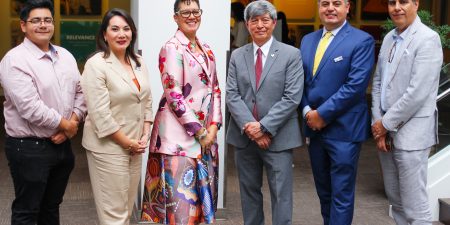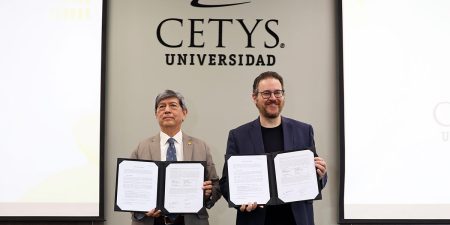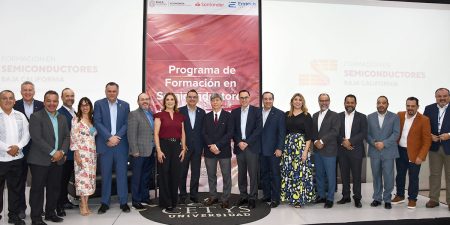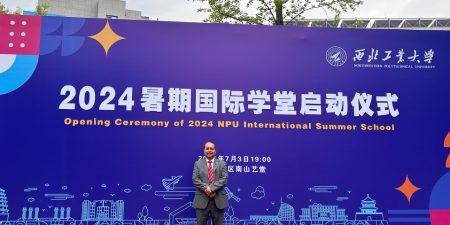I recently had a client share with me a serious concern that he had: the high turnover of personnel in his organization. Fortunately, the company is very successful and the costs of losing talent are manageable without serious consequences, at least up to a point. However, this client was also aware of the invisible costs of high turnover that are often not well accounted for. The last straw for him had been when his own daughter, who had worked at the company, resigned, leading my client to lament that even family was not guaranteed to be an exception to the current trend of high turnover.
Unfortunately, even though the fact that high turnover rates in the U.S. workforce have been well publicized, this is a global problem. Through much research it has become increasingly evident that companies cannot be successful, or at least will be limited in their success, without also ensuring that the human beings who work for the company are experiencing personal growth. And just as the success of companies is limited without attending to employees’ personal growth, so too is the economic process in general unsustainable without consciously making room for the human process. This is why I often tell my clients that in these current times of uncertainty, instability, and periodic turbulence, one of the most important challenges is to manage companies that are both highly productive and highly humane—that is, to achieve productivity via the human development of their employees and collaborators. Without this, corporate declarations that their workers are important to them become empty, even irritating forms of lip service.
Employees and collaborators are not mere resources nor inert beings; they are dynamic living beings with unique sets of thoughts, beliefs, values, and feelings. Consequently, they cannot be treated in a systematic, apathetic, and routine manner but must be considered individually, with empathy and proactivity. Moreover, their natural desire to pursue personal growth, empowerment, and autonomy needs to be encouraged and supported.
In fact, one of the worst human talent practices is to create a business culture where only a few do the thinking and a large majority execute the will of the few without being able to fully utilize their own intelligence. Such mechanistic corporate cultures—indifferent, routine, and boring—do not create strong bonds with employees and collaborators. On the contrary, it indirectly encourages them to leave by showing them that this is not a company whose environment is conducive for personal human growth. Human talent management that truly seeks the integral development of people must be governed by the paradigm of an organization “with” people—that is managers must lead an organization “with” people, not an organization “of” people who, as mentioned, merely execute the will of the leadership.
In my experience of more than 15 years advising companies, one of the best managerial practices that help to create the most engagement and commitment in collaborators and employees is to encourage them to be “entrepreneurs of their own work.” What does this mean? It means allowing them a degree of autonomy and freedom to manage themselves and take ownership of the process. This can involve making their own decisions about their work and coming up with creative solutions and initiatives so long as these decisions and initiatives align with the company’s goals. When collaborators and employees are given this kind of autonomy, their productivity and engagement are likely to soar.
Coaxing employees and collaborators to become entrepreneurs of their own work requires a lot of communication, encouragement, empathy, and attention to results. A good term that captures this kind of management approach is “high-touch.” Traditionally used to refer to communication between businesses and their customers, “high-touch” can also be used to refer to manager-employee communication. Moreover, it refers to a more frequent, personalized, and intensive level of communication than the average manager-employee relationship. And it equally prioritizes the needs of the employee/collaborator as the employer’s and seeks to proactively support those needs.
A “high-touch” approach to supporting employees’ needs can, in some ways, resemble what’s often called “coaching.” Indeed, there are some similarities between the two. Both seek to maximize communication and support the employee’s personal development, for example. However, there are some differences. Coaching tends to be very structured and goal-oriented while high-touch communication is more about cultivating overall trust, openness, honesty, and authenticity. It is a broader, more overarching philosophy and approach. In my experience, less coaching and more high-touch communication is needed because it is all-too-common for business leaders to make decisions that impact employees, collaborators, and interest groups without communicating deeply with them in such a way that their needs and voices are considered. This may not cause too much harm in the short term, but in the long term it can become unsustainable as employees and collaborators feel unheard and may look elsewhere to have their needs met.
A helpful way to remember the underlying principles of high-touch communication can be to think of the “TOUCH” in “high-touch” as an acronym. Think of the “T” as standing in for “tuning in.” Much of the employer-employee communication that occurs can be one-sided, conveying information without tuning into the employee’s needs. While of course there’s a need to convey information, there should also be times when managers do less talking and more tuning in. The “O” stands for “outstanding performance” because that is what becomes possible when employees feel seen, heard, valued, and appreciated. The “U” is for “understanding,” a mutual understanding between manager and employee made possible by high-touch communication and which is often not possible with conventional approaches to communication. The “C” can stand for “collaboration” because that’s what high-touch communication is. It is a collaborative effort requiring proactive effort from all parties involved. “C” can also stand for “comfort” because that is one of the key goals of high-touch communication. Employees and collaborators will not be fully honest unless they feel safe and comfortable communicating their true feelings and opinions. Finally, the “H” represents happiness—again, mutual. When employees feel job satisfaction and perform better and more productively as a result of feeling heard and valued, that in turn makes managers happy and the positive cycle can continue. Happiness also just makes communication between employees and managers a more intrinsically pleasant experience rather than a chore.
If we want to retain talent in our organizations, all of the components mentioned above, represented above by the acronym “T.O.U.C.H.” in “high-touch,” are necessary. The specific methodologies or arrangements of high-touch communication can differ depending on the organization, but they must embody the act of tuning in (T) to employees’ needs and authentic feelings, inspire outstanding performance (O), seek to achieve understanding (U), require collaboration and create comfort (C), and ultimately lead to the happiness of all parties involved (H). This is certainly not an easy task nor can it be done without significant investment, but given the benefits of an engaged and motivated workforce compared to the costs of consistently losing talent, the smart business decision between these two choices should be obvious.









Leave your comment